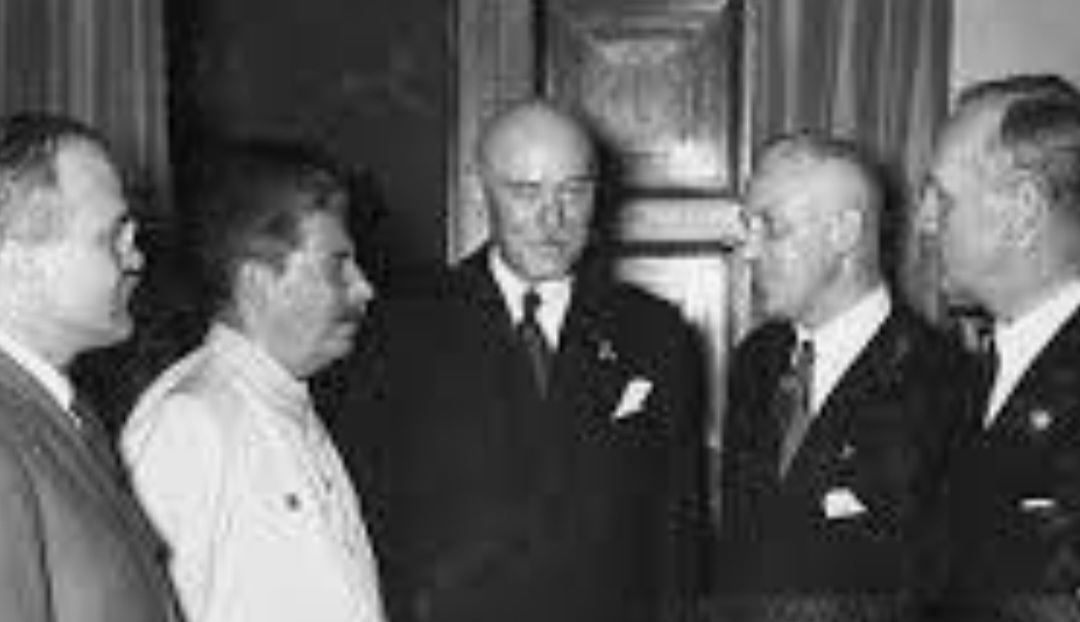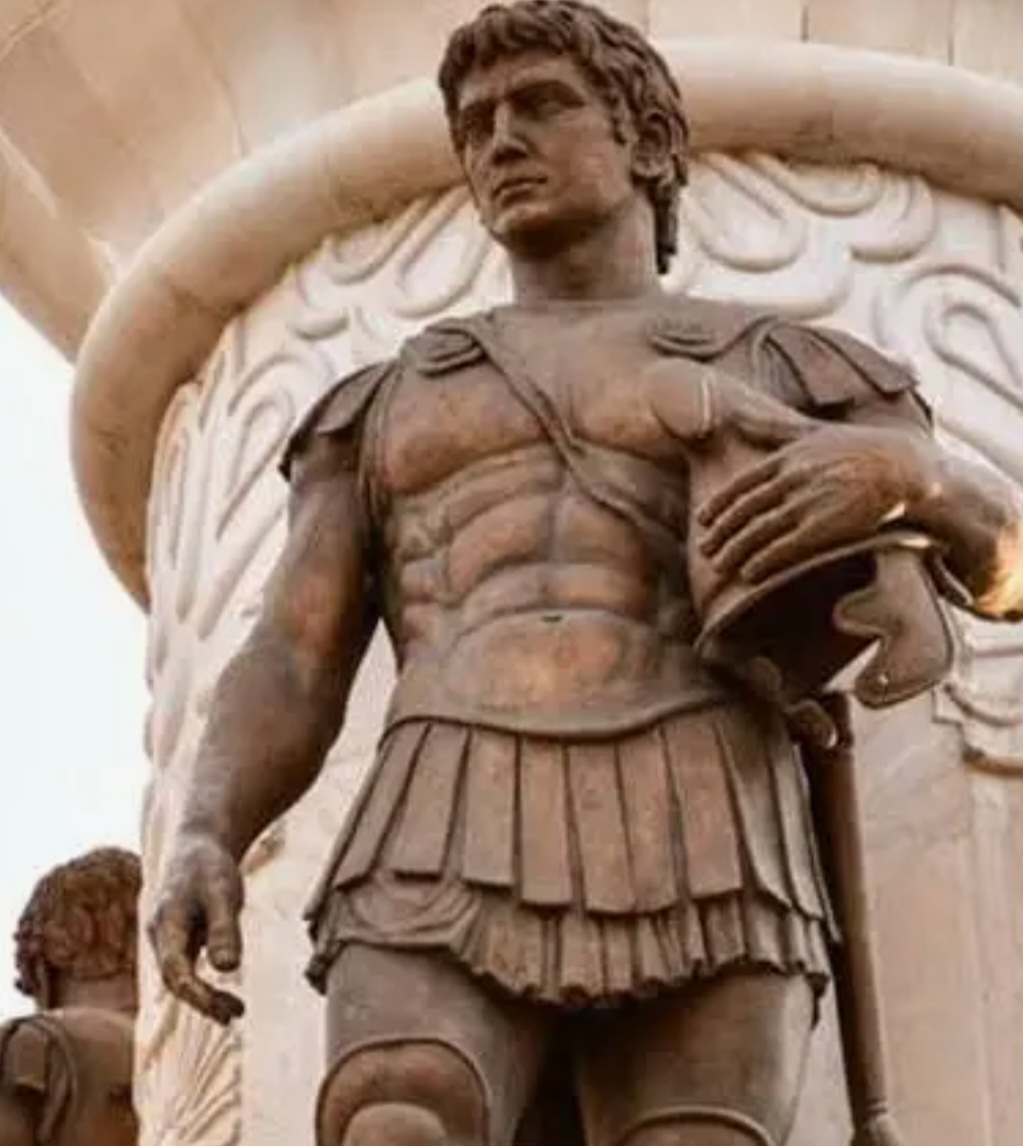The history of the bicycle began with Karl von Drais’s 1817 “running machine,” a two-wheeled wooden vehicle without pedals that was propelled by the rider pushing their feet against the ground. Significant advancements followed, including the 1860s addition of pedals to the front wheel by Ernest Michaux, which created the “boneshaker,” and the 1880s introduction of the “safety bicycle” with equal-sized wheels, a chain drive, and pneumatic tires, which is the basis for modern bikes.
Late 19th Century “Bicycle Craze”: Following the invention of the “safety bicycle” around 1885 (which had equal-sized wheels and a chain drive), cycling became very popular among the middle and upper classes in Europe and North America. Initially, it was a fashionable and efficient mode of transportation for many people, including professionals and business owners.
A Tool for Emancipation: The bicycle was particularly significant for women, offering them unprecedented personal mobility and independence, which contributed to the women’s suffrage movement.
Shift in the US vs. Europe: In the United States, bicycle commuting dropped dramatically between 1900 and 1910 as automobiles became the preferred means of transport, and bicycles were largely relegated to children’s toys. In contrast, cycling remained an important adult activity and a common mode of transport in many European countries, such as the Netherlands and Denmark, well into the 20th century and beyond.
India: In colonial India, British officials and local elites initially used bicycles for commuting and leisure. Over time, their use spread to the working classes and lower castes, becoming a primary means of transport for working-class men.
Bicycle Craze//once cycling became very popular among the middle and upper classes














Leave a Reply